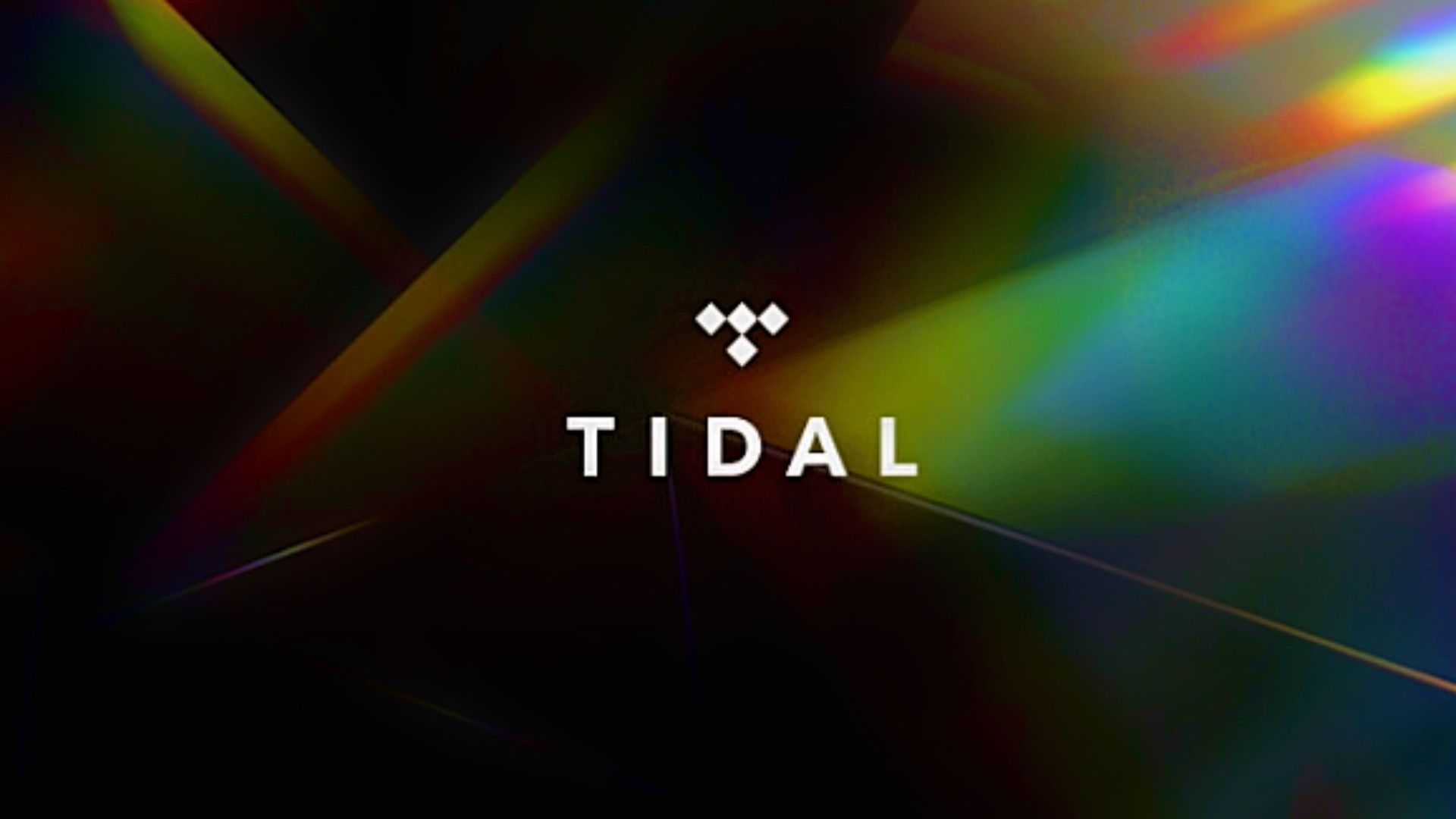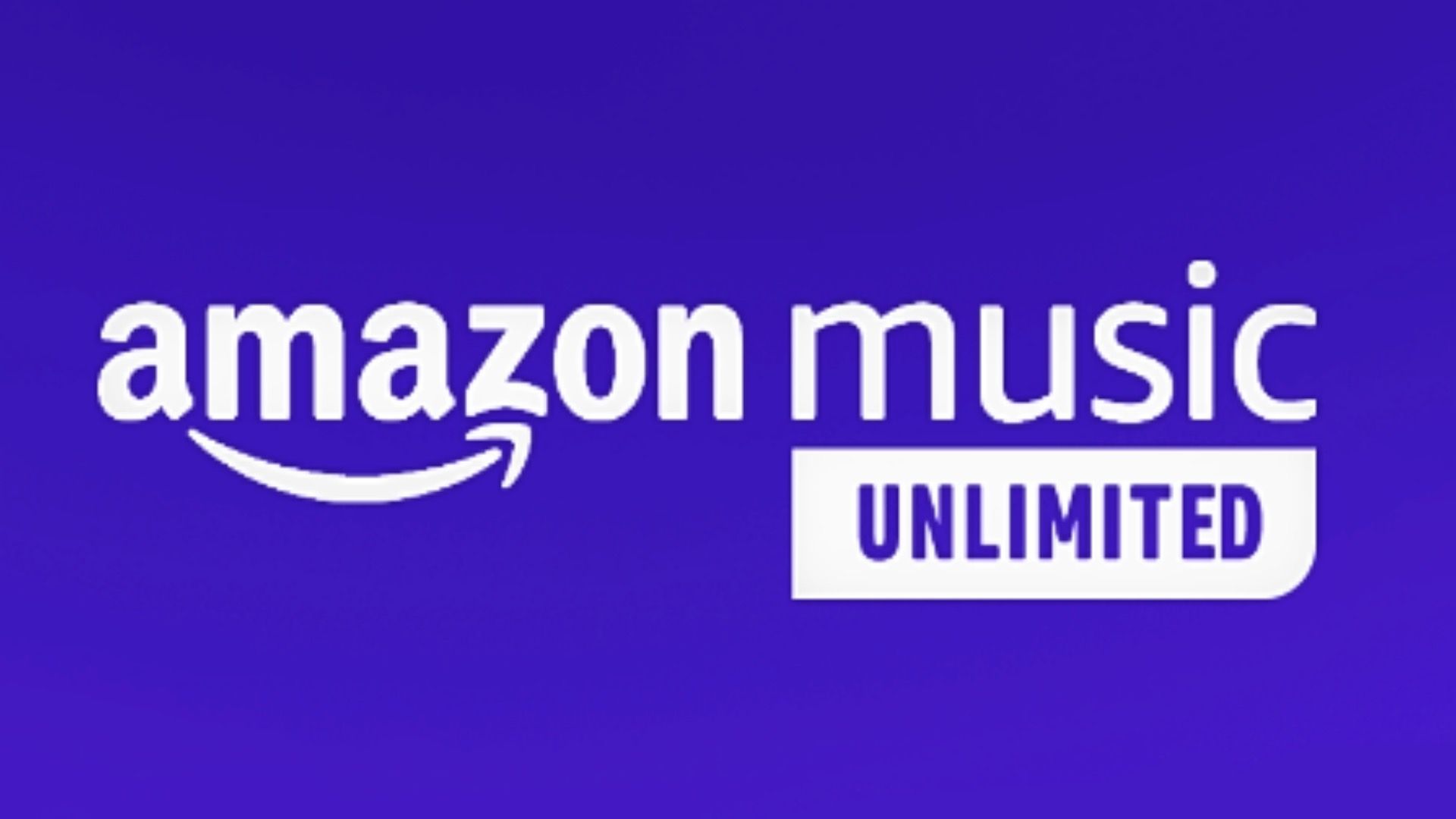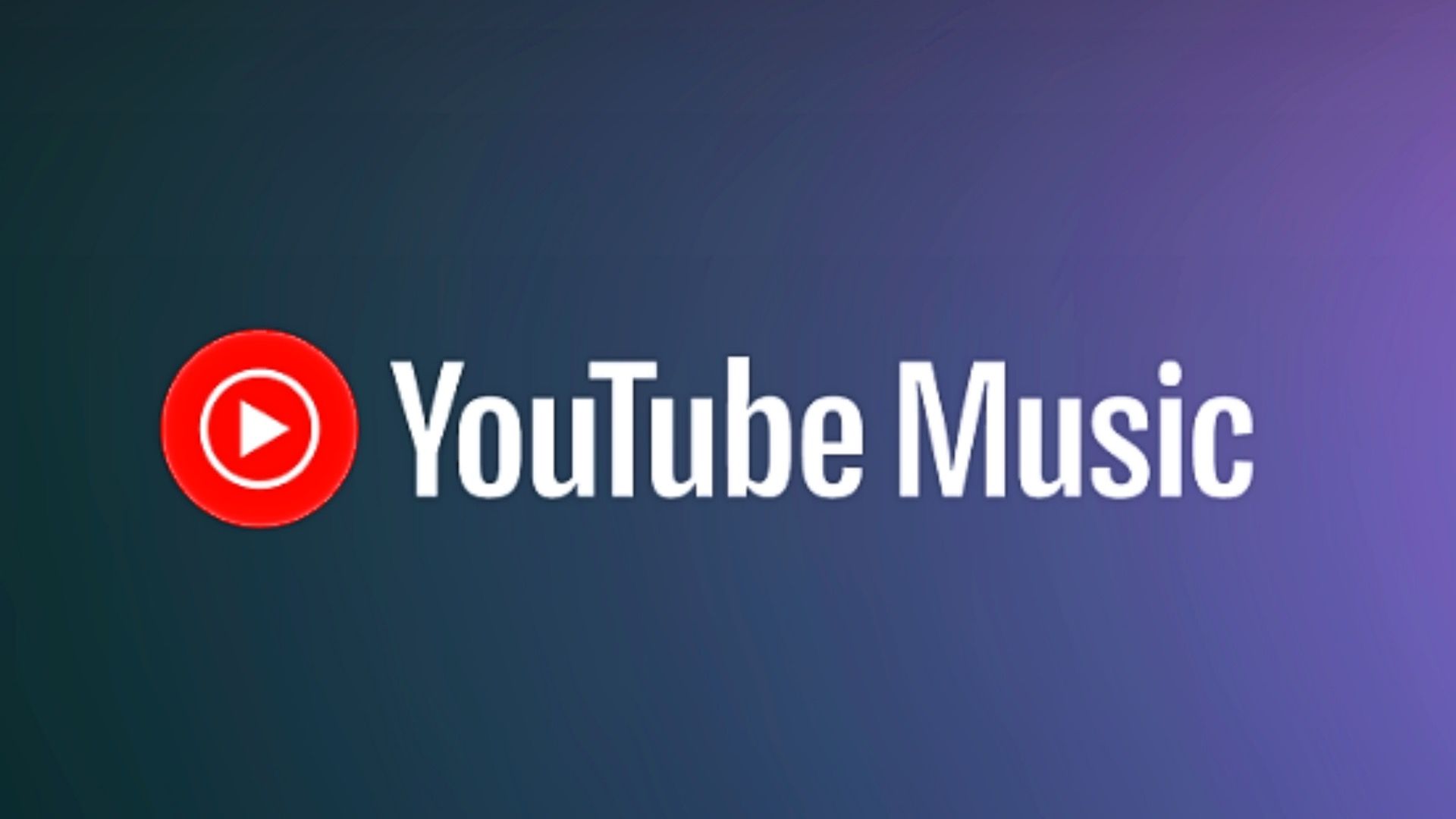Choosing a music streaming service isn’t just about songs; it’s about finding the right mix of features, audio quality, and extras that match your taste and lifestyle. From audiophile-grade quality to endless discovery features, find out which service strikes the right chord with you.
What You Need to Consider Before Subscribing to a Music Streaming Service
Your first and most important consideration is whether the streaming platform you are thinking about offers the music you love. Mainstream platforms generally have huge catalogs with something for everyone, from pop music to niche categories. However, others like Qobuz focus on genres like jazz and classical. Alternatively, if you want access to regional tastes, such as Indian music, services like Gaana Plus are available to international subscribers. SoundCloud shines brightly for remixes and indie content and has an excellent free plan.
If discovering new artists is important to you, check to see if the service you’re considering has features like algorithmic recommendations and curated content. Spotify is one of the best options for this, but others do it well, too. Also, consider whether playlist sharing, collaboration, or connections with social media are featured and evaluate the ease of use of the interface and whether it has extras like lyrics, music videos, or podcasts if these are important to you.
Audio quality is next. If you value lossless audio, which is CD-quality at 16-bit/44.1 kHz, or high-resolution audio, which exceeds CD-quality at 24-bit/96 kHz or higher, consider apps like Tidal, Apple Music, Qobuz, or Amazon Music Unlimited. If you are thinking about becoming a demanding audiophile, you’ll need to add specialized equipment to your birthday wishlist. Items like wired headphones, high-fidelity speakers, and external DACs can soon add up the costs, but are necessary to fully appreciate these audio formats. In contrast, services like Spotify and YouTube Music Premium offer standard-quality streams, which are good enough for most of us.
Other considerations include costs and available plans. Are you grabbing a solo plan or need family plans or bundle options? Do you study, and are there discounted student rates? You may also prefer to take advantage of free trials or ad-supported free tiers for testing before committing to a subscription.
Furthermore, mainstream services usually offer universal compatibility, but some niche platforms may lack support for smart speakers or gaming consoles, so it’s always best to check device compatibility. You might also want to check for offline playback and the number of devices or downloaded tracks allowed before committing.
|
How Did We Research |
||
|
Models Evaluated |
Hours Researched |
Reviews Analyzed |
|
15 |
4 |
10 |
How-To Geek’s product recommendations come from the same team of experts that have helped people fix their gadgets over one billion times. We only recommend the best products based on our research and expertise. We never accept payment to endorse or review a product. Read More »
Best Music Streaming Platform Overall: Spotify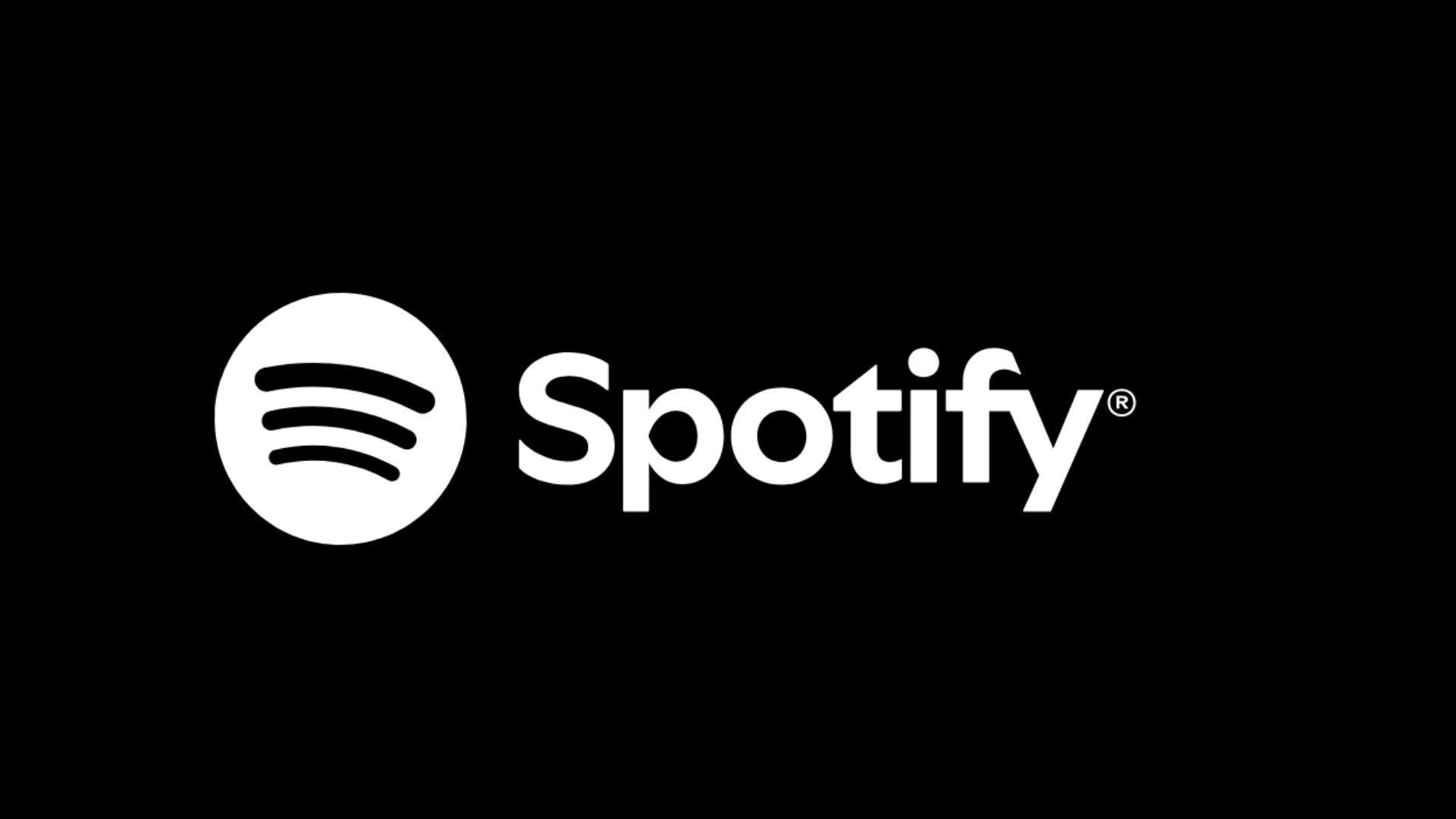
|
Pros |
Cons |
|---|---|
|
Diverse range of content |
No hi-res audio |
|
Excellent music discovery tools |
Limited offline audiobook access |
|
Seamless compatibility across multiple platforms |
Lyrics feature restricted to premium users |
|
Exclusive podcasts and a growing audiobook library |
|
|
Ad-supported free tier |
Spotify is our top choice of streaming platform thanks to its extensive catalog of over 100 million songs ranging from mainstream pop to a comprehensive selection of niche content. It has an excellent free service, although it does have ads and certain restrictions. However, Spotify Premium offers ad-free listening, offline downloads, and on-demand playback. The latter of which allows premium users to select and play any song, album, or playlist of their choice without restrictions.
Podcast lovers also get access to Spotify’s exclusive library, which, of course, includes the ever-popular “Joe Rogan Experience.” In addition, the streaming service has now ventured into the world of audiobooks.
Premium plans start at $11.99 per month, but students can get a Hulu-bundled, ad-supported plan for just $5.99. Additionally, families and couples also have access to cost-effective subscriptions.
Spotify streams at a maximum of 320 Kbps for premium users. This rate is likely a disappointment to audiophiles, and it does trail other streaming giants like Apple, but for most of us, the quality is fine. Listeners can enjoy features like the innovative “Group Session” option that allows premium users to listen and control playback simultaneously. You can also make collaborative playlists with multiple users making contributions, while the “AI DJ” curates playlists based on your listening history. It even adds insightful narration about the tracks that it plays.
The Spotify interface may be starting to feel slightly dated compared to its competitors, but it is still user-friendly, and the app’s powerful recommendation algorithms are evident in features like Discover Weekly and Release Radar. The former introduces users to new tracks based on their listening habits, while the latter keeps them updated on the latest releases by their favorite artists.
Overall, Spotify ticks many of the boxes that casual listeners look for in a music streaming service with its variety and quality. But those looking for high-resolution audio should look elsewhere.


Best Music Streaming Platform Overall
Spotify
Spotify stands out as the best music streaming platform with its catering to a wide range of listeners, a user-friendly design, and its commitment to delivering personalized listening experiences.
Best Music Streaming Platform for the Apple Ecosystem: Apple Music
|
Pros |
Cons |
|---|---|
|
Hi-res lossless streaming and Spatial Audio at no extra cost |
No ad-supported free tier |
|
Seamlessly integrates locally stored music |
Lacks podcasts and audiobooks |
|
Over 100 million tracks, including exclusive content |
Limited social features |
|
Clean, user-friendly interface with personalized recommendations |
Subpar experience on non-Apple devices |
For music lovers who prioritize high-quality audio and are integrated into the Apple ecosystem, Apple Music is the one for you. With 24-bit/192 kHz high-res lossless streaming and Spatial Audio powered by Dolby Atmos at no extra cost, it’s an excellent choice for audiophiles. However, it doesn’t exactly integrate well with non-Apple platforms, and it lacks the music discovery and social interaction features of Spotify.
With its expansive catalog of over 100 million tracks, the platform focuses almost exclusively on music. This may be disappointing to podcast and audiobook fans, but with unique features like Apple Music Sing for karaoke lovers (and what’s not to love) and Apple Music Classical, a standalone app with over 5 million tracks from the classical genre, there are plenty to please music fans.
An additional layer of musical engagement comes in the form of the platform’s Discovery Station feature. It uncovers new tracks you might be interested in hearing based on your past listening, while human-hosted radio stations offer live DJs, artist interviews, and music-themed programs. Apple Music also offers exclusive music videos, artist-curated content, stand-up comedy performances, and a dedicated Apple Music TV channel for further entertainment options.
Pricing aligns with industry standards, with Apple offering individuals a monthly subscription for $10.99. Families of up to six members can enjoy a $16.99 subscription, while students can access a discounted $5.99 plan. However, there is no ad-supported free plan, though potential subscribers can try it out first with a one-month trial.
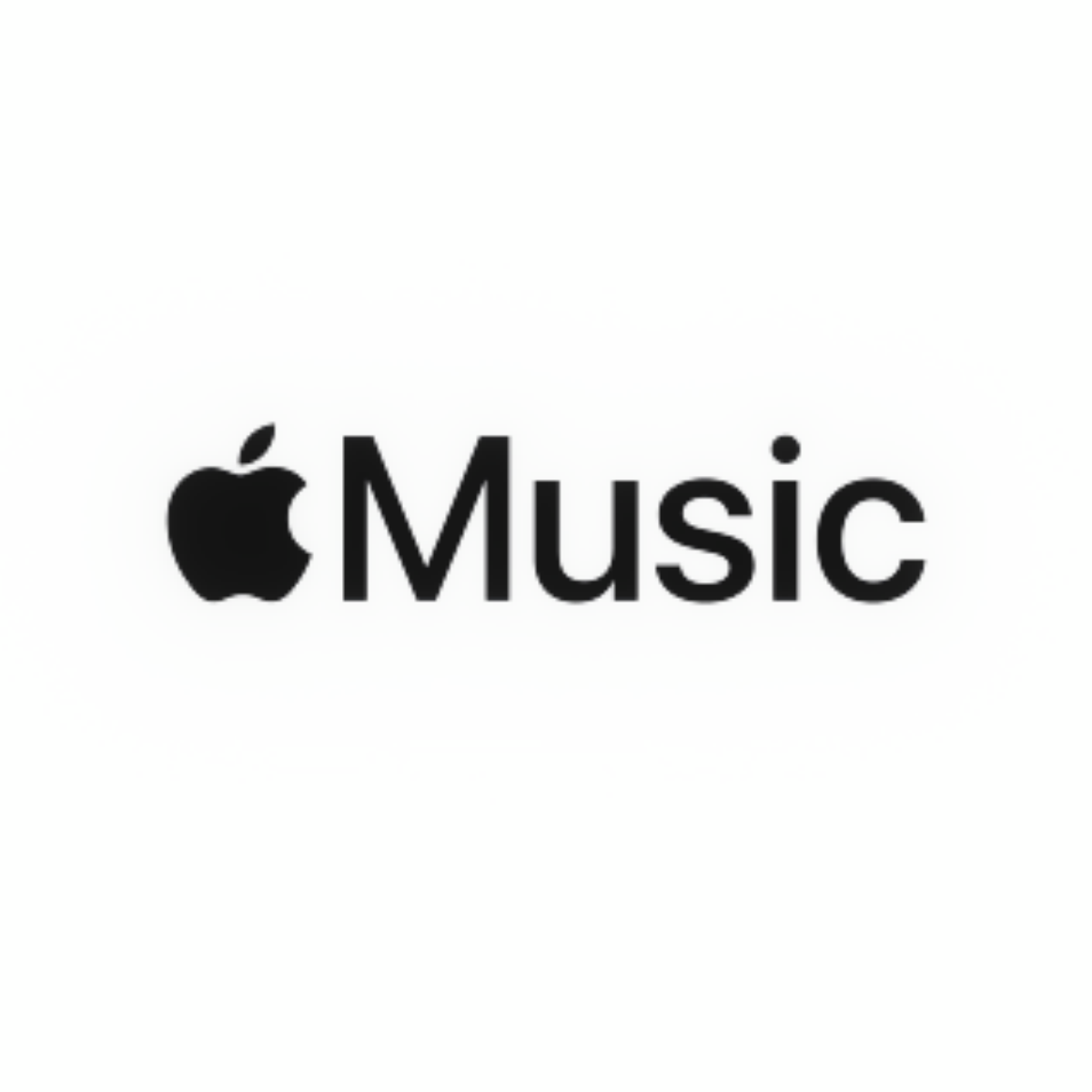

Best Music Streaming Platform for the Apple Ecosystem
Apple Music
For anyone invested in the Apple ecosystem, Apple Music offers quality that’s fit for audiophiles and features tailored for dedicated music fans.
Best Music Streaming Platform for High-Resolution Audio: Tidal
|
Pros |
Cons |
|---|---|
|
Superior sound quality |
Limited sharing and playlist collaborations |
|
Extensive catalog and exclusive content |
No podcast integration |
|
Streams to compatible devices without quality loss |
No free tier |
|
Transparent remuneration policies and direct-to-artist payments |
Does not allow integration of personal music |
|
User-friendly |
Fear not, non-Apple heathens; there is an option for audiophiles who are not invested in the Apple ecosystem, and that option is Tidal. In fact, this music streaming platform is widely regarded as the best option for hi-fi fanatics, which is evident through its support for streams of up to 24-bit/192kHz in FLAC format. This ensures minimal data loss for a listening experience to please even the fussiest music connoisseur.
Support for Dolby Atmos and Sony 360 Reality Audio adds a surround sound element by enhancing the spatial depth of tracks. Additionally, the platform automatically switches to the best available quality, including CD quality, for non-hi-res recordings. Audiophiles will also deeply appreciate other features, including Exclusive Mode, which optimizes playback by managing your device’s DAC directly.
Furthermore, with Tidal Connect, the platform can stream directly to compatible devices such as smart speakers, audio receivers, or high-end sound systems. This ensures transmissions maintain the highest possible quality without the downgrades caused by Bluetooth or other compression methods.
Other features include Tidal Rising, which highlights emerging artists, while its user-friendly interface offers advantages like “My Mix” playlists and custom radio stations based on your listening habits. However, like Apple Music, Tidal lacks the social features and podcast integration that make Spotify so popular, and there is also no local file playback.
Tidal has a catalog of more than 110 million tracks, which puts it ahead of Spotify and Apple. Yet it’s not all about the numbers; the platform also delivers exclusive content, such as early access to new releases, live-streamed gigs, and video interviews. Additionally, it offers more than 650,000 music videos, and its curated mixes and genre-specific playlists are a huge hit among subscribers.
Tidal has a similar pricing structure to other leading music streaming services. Individual packages cost $10.99, while the up-to-six-account family plan is priced at $16.99 per month. Students can benefit from a $4.99 discounted deal, and new subscribers can start with a 30-day free trial, but there is no ad-supported free tier.
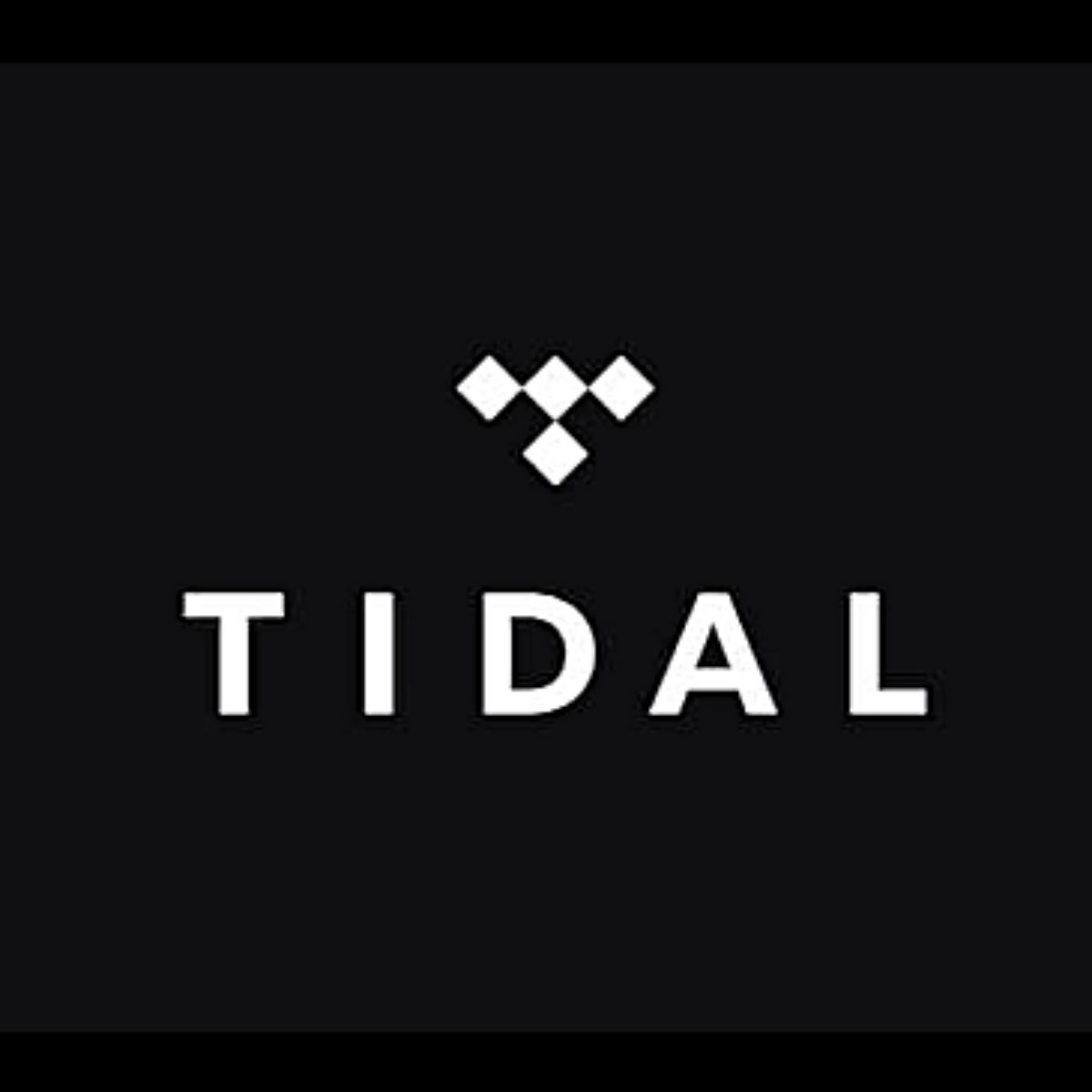

Best Music Streaming Platform for High-Resolution Audio
Tidal
The premier music streaming choice for audiophiles is Tidal. It offers outstanding sound quality, extensive content, and features tailored to heighten the listening experience.
Best Music Streaming Platform for Amazon Prime Members: Amazon Music Unlimited
|
Pros |
Cons |
|---|---|
|
Exceptional audio quality |
Hi-res playback unavailable on web browsers |
|
Seamless voice control with Alexa |
Discovery tools not as refined as Spotify’s |
|
Extensive catalog of over 100 million tracks |
Reported glitches on the mobile app |
Audiophiles, casual listeners, or those invested in the Alexa ecosystem will appreciate the outstanding audio quality and seamless integration with Amazon’s smart assistant when using Amazon Music Unlimited. The standard subscription includes HD (16-bit/44.1 kHz) or Ultra HD audio encoded in FLAC format, delivering lossless audio quality of up to 24-bit/192 kHz. There’s also support for Dolby Atmos and Sony 360 Reality Audio, making this platform particularly appealing to those prioritizing sound quality.
With Alexa, users can search for tracks by mood or lyrics with voice control. For example, you can ask Alexa to “play upbeat music” or “play the song with the lyrics ‘imagine all the people.’” You can also use voice commands such as “Alexa, skip this song” or “Play the next track.”
Amazon Music Unlimited also offers a unique Side-by-Side commentary feature where participating artists provide insights into their work while you listen. You also get other excellent benefits, such as My Discover Mix, which introduces you to new tracks based on your tastes, and My Soundtrack, which plays a mix of familiar and fresh tracks curated for you. It may not be as intuitive as Spotify’s discovery tools, and the mobile app occasionally suffers from bugs and glitches, but it generally works well. The platform also offers music videos, artist-curated playlists, and a broad range of celebrity-hosted podcasts with offline and locally stored music playback support.
Starting at $10.99 for non-Prime members, Amazon Music Unlimited falls in line with its competitors. Prime members can enjoy a whole dollar’s worth of discount, while the Family Plan costs $16.99 per month for up to six accounts. Casual listeners can sign up for the $5.99 Single Device Plan, a good option for Echo or Fire TV users, and new subscribers are all entitled to a 30-day free trial.
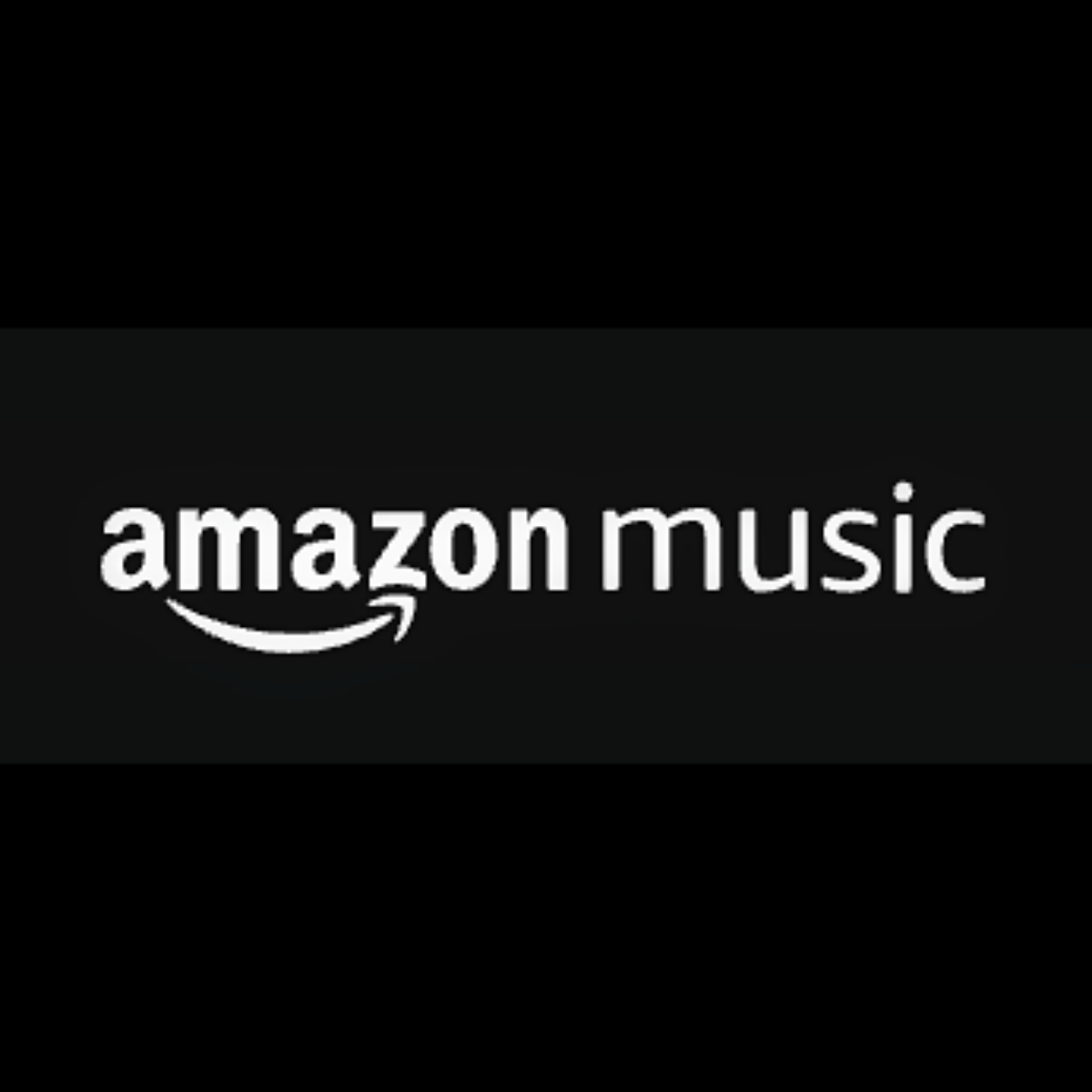

Best Music Streaming Platform for Amazon Prime Members
Amazon Music Unlimited
Amazon Music Unlimited combines outstanding sound quality with Alexa’s smarts and offers audiophiles and casual listeners a vast library of music, podcasts, and exclusive artist insights.
Best Music Streaming Platform for Video Content: YouTube Music Premium
|
Pros |
Cons |
|---|---|
|
Extensive catalog of niche content |
Lacks hi-res audio options |
|
Seamless switching between audio and video |
Recommendations can get repetitive |
|
Ad-supported free tier |
Limited offline functionality on the free tier |
|
Discovery features tailored to user habits |
|
|
Affordable family and student plans |
With a library of over 100 million tracks that blends official releases, fan uploads, remixes, and live performances, the variety on YouTube Music Premium is unmatched. Users can also smoothly switch between audio and video modes, making this platform an excellent shout for anyone seeking music videos of anything between mainstream and niche content.
However, like Spotify, YouTube Music isn’t the best for demanding audiophiles due to the sound quality capping out at 256 Kbps AAC. This quality is still fine for most users, but it falls short of the high-res offerings from Apple Music, Tidal, and Amazon Music Unlimited.
Nevertheless, the platform supports lyric-based searches and collaborative playlists, allowing multiple users to contribute, which is perfect if there’s a big road trip or a family get-together coming up. Finding and sharing tracks is simple, and personalized playlists, such as Discover Mix and New Release Mix, combine with the platform’s time and location-based recommendations, although it is still less intuitive than Spotify’s.
But for those who value music videos as central to the streaming experience, YouTube Music stands on its own. Users can access official music, live performances, and lyric videos all within the same app, and the platform’s offerings also extend to lesser-known content. These include amateur covers, fan-created content, remixes, and other unique creations.
You can get ad-supported access to the free tier of YouTube Music. These ads interrupt the music, but free users still get the benefits of unlimited skips and on-demand playback, while they can also scrub through tracks and replay them whenever desired. $10.99 per month removes ads, unlocks offline listening, and offers the Smart Downloads feature that automatically downloads tracks you frequently play. The Family Plan aligns with other platforms at $16.99 per month for up to six accounts, while students can enjoy a discounted rate of $5.49 while they study.
However, for a few extra bucks per month, you may be better off subscribing to YouTube Premium than YouTube Music Premium. Music Premium is included in YouTube Premium subscriptions, plus you get the advantages of ad-free non-music videos, which you can download for offline playback. It also lets you play videos in the background while using other apps or when the screen is off, ideal for listening to podcasts or any content you don’t need to watch.


Best Music Streaming Platform for Video Content
YouTube Music Premium
YouTube Music combines audio and video streaming on one platform, letting users switch between listening to tracks and watching music videos with little effort.
FAQ
Can I move my playlists between streaming services?
Yes, you absolutely can move playlists between streaming services. However, built-in features are notably absent from major streaming sites. That is unless you want to transfer between Apple Music and YouTube Music. For most other platform combos, you’ll need a third-party app. A tool such as FreeYourMusic is intuitive and fast, but it’s not free. Well, that’s not exactly true. You can transfer a single playlist of 100 songs for free. So this gives you the chance to try it out, at least. If it’s for you, there is the Basic Plan with its one-time payment, or you can opt for Premium or Lifetime plans.
If you need a better free option, TuneMyMusic allows a transfer of up to 500 tracks, while SongShift can be a good shout for Apple users. Features and limitations vary by app, so your choice depends on your needs, playlists, and frequency of transfers.
Can I listen to lossless music on a streaming service?
Yes, many major streaming platforms offer lossless audio streaming. Services like Apple Music, Amazon Music Unlimited, Qobuz, and, most notably, Tidal provide lossless streaming options. The latter is considered a pioneer in the field of lossless and high-resolution audio streaming, while Apple Music and Amazon Music Unlimited offer extensive catalogs, with lossless options included in their standard subscriptions. To make lossless audio streaming actually worth it, you’ll need plenty of storage space for the larger files, good bandwidth, and specialized equipment like wired headphones or an external DAC.
Can I use Apple Music on Android?
Yes, you can use Apple Music on Android. But it is at the risk of being banished from the Android community. Rebellious Android users can download the Apple Music app from the Google Play Store. You must have a device running Android 5.0 (Lollipop) or later to gain access to the wonders of this forbidden fruit.
Does YouTube Music come with YouTube Premium?
No, YouTube Music does not come with YouTube Premium. Instead, it is the other way around: YouTube Premium includes YouTube Music Premium as part of its subscription, and you may be better off subscribing to YouTube Premium for an extra few dollars.


